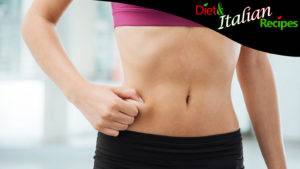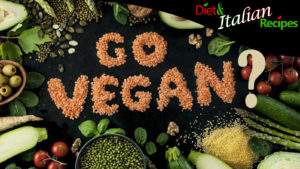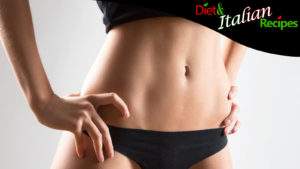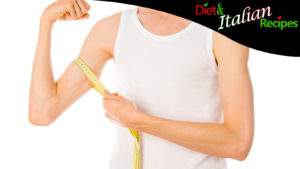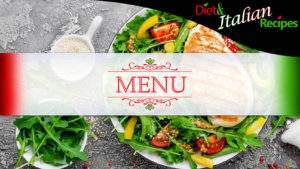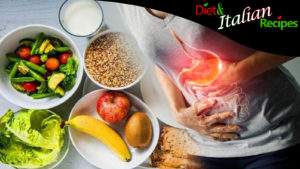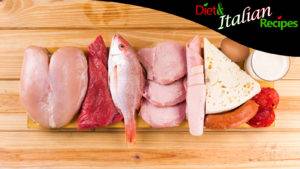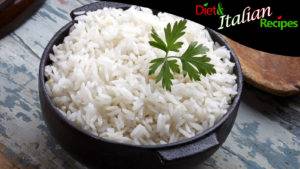If you are looking for an effective way to lose weight without having to count calories or give up a hearty meal, you may want to consider the Super Metabolism Diet. This dietary approach, developed by nutritionist Haylie Pomroy, promises to help you lose up to 20 pounds in just 28 days. The diet is based on a three-phase system that is repeated cyclically for an entire month. If you are interested in learning more about how the Super Metabolism Diet works, we will provide you with a sample weekly menu and explain the metabolic mechanisms to supercharge. Get ready to discover an innovative and exciting way to achieve your weight loss goals.
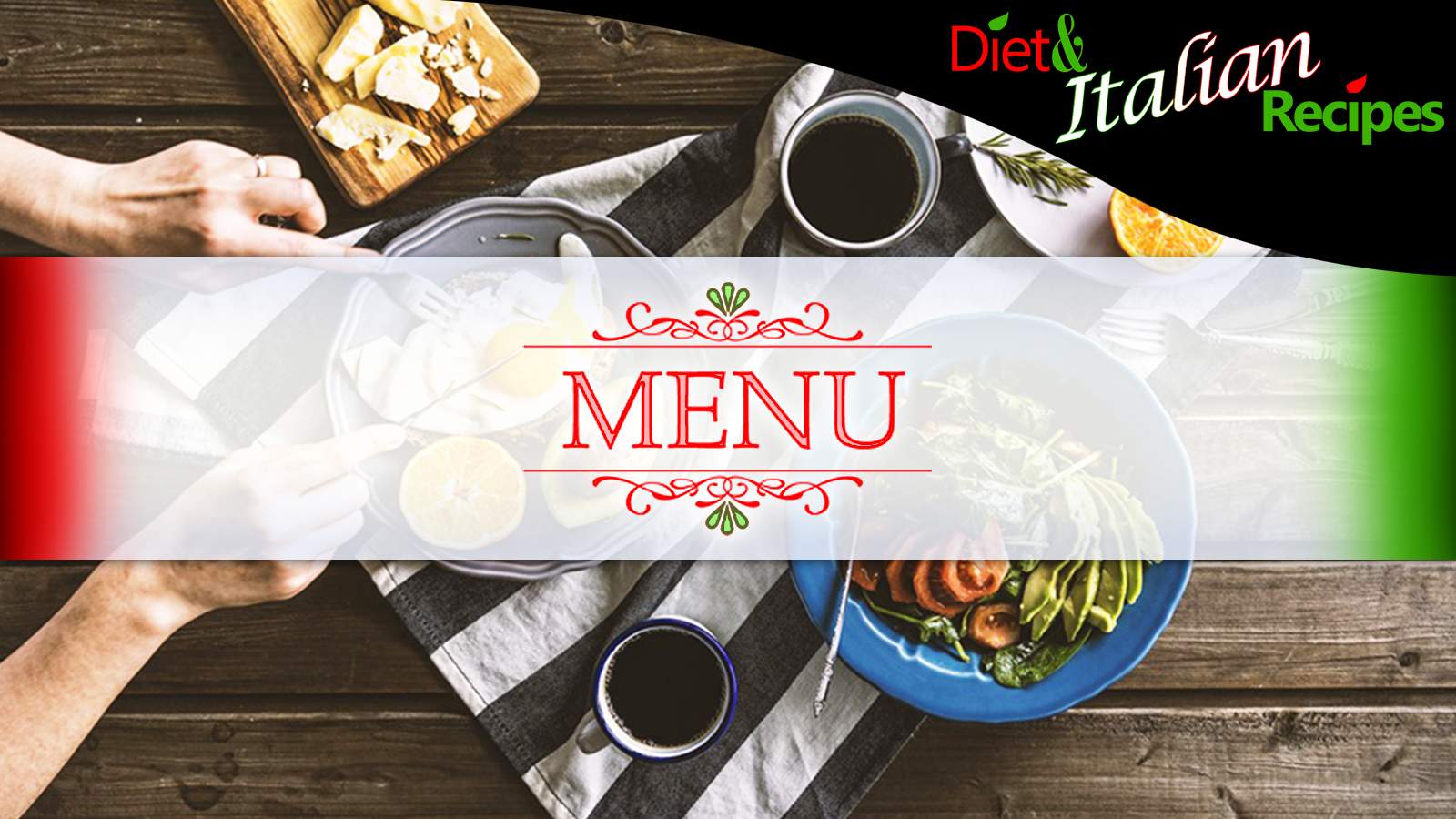
The Super Metabolism Diet: Discover What It’s All About
The Super Metabolism Diet is a nutritional program designed to help people lose weight. Originally known as the “Fast Metabolism Diet,” it gained popularity through its presence on television shows like Dr. Oz and Good Morning America, as well as endorsements from celebrities such as Rachel Welch, Robert Downey Jr., Jennifer Lopez, LL Cool J, and Cher.
Haylie Pomroy, a nutritionist, is the creator of this diet. According to Pomroy, the super metabolism system not only promotes weight loss for aesthetic reasons but can also be used as a nutritional therapy for individuals with chronic illnesses or pathological obesity.
The Super Metabolism Diet has achieved great success and even made it to the New York Times bestseller list with Pomroy’s book, titled “The Super Metabolism Diet,” also available in Italian.
This diet is based on a strategic eating approach that involves different phases, each aimed at stimulating metabolism and promoting weight loss. Despite receiving media attention and gaining some popularity, it is important to consult a healthcare professional before embarking on any dietary program to assess its suitability for one’s personal needs.
The Super Metabolism Diet can be considered as an option for those seeking to achieve a healthier weight, but it is crucial to understand that the success of any weight loss program depends on a combination of a balanced diet, regular physical activity, and an overall healthy lifestyle.
Super Metabolism Diet: How it Works
The Super Metabolism Diet was created by nutritionist Haylie Pomroy, who introduced it to the world through her book “Fast Metabolism Diet,” which is also available in Italian. It’s called Super Metabolism because the metabolism is super activated, allowing Haylie to achieve unprecedented results, even for people with pathological obesity, such as losing 19 lbs in 28 days.
There is a crucial factor that cannot be missing from the Super Metabolism Diet, and that is physical activity. In fact, you need to do a lot of physical activity to increase your basal metabolism, which will allow you to eat without counting calories, estimating portions, or limiting yourself. By doing a lot of physical activity and eating a lot, your muscles will become bigger and burn more fat, developing a super metabolism that will incinerate fats immediately, favoring lean mass.
So forget about counting calories, estimating portions, and all the other calculations you’ve tried to make to lose weight. With this diet, all you need to do is exercise. You can eat to your heart’s content without the risk of not losing weight. However, eating to your heart’s content means eating in abundance only the foods recommended by nutritionist Pomroy, based on the weekly plan she established in her book.
Super Metabolism Diet Plan
The Super Metabolism Diet works like this: the week’s plan is divided into three crucial phases:
- PHASE 1: On Monday and Tuesday, you mainly eat carbohydrates. You must eat a lot of fruit and do a lot of physical activity, especially at the cardiovascular level, for one day between the two. The goal is to change old habits and relax the body.
- PHASE 2: On Wednesday and Thursday, you mainly eat vegetables and protein. You must limit carbohydrates.
- PHASE 3: On Friday, Saturday, and Sunday, you introduce both carbohydrates and vegetables and protein, as well as a portion of good quality fats into your diet.
These three phases are repeated for four weeks (28 days). According to nutritionist Haylie Pomroy, the Super Metabolism Diet would help you lose 19 lbs during the 4 weeks of the diet. Here is an example of a weekly menu for the Super Metabolism Diet by nutritionist Haylie Pomroy.
Haylie Pomroy’s Diet: Example Weekly Menu
Super Metabolism Diet Menu for Monday (Phase 1):
- BREAKFAST: Fresh fruit smoothie with oat flakes;
- MORNING SNACK: 2 apples;
- LUNCH: Tuna, apple, and spinach salad;
- AFTERNOON SNACK: 1 orange;
- DINNER: Rice and chicken wrustel.
Super Metabolism Diet Menu for Tuesday (Phase 1):
- BREAKFAST: Toast and strawberries;
- MORNING SNACK: 1 mango;
- LUNCH: Rice and chicken wrustel;
- AFTERNOON SNACK: 2 pears;
- DINNER: Pork fillet with broccoli and pineapple.
Super Metabolism Diet Menu for Wednesday (Phase 2):
- BREAKFAST: 3 egg white omelet with mushrooms;
- MORNING SNACK: Turkey breast;
- LUNCH: Tuna and cucumber stuffed pepper;
- AFTERNOON SNACK: Bresaola;
- DINNER: Beef fillet with spinach.
Super Metabolism Diet Menu for Thursday (Phase 2):
- BREAKFAST: 3 egg white omelet with spinach;
- MORNING SNACK: Smoked salmon slices;
- LUNCH: Beef fillet with vegetables;
- AFTERNOON SNACK: 3 boiled egg whites;
- DINNER: Mixed grilled vegetables and turkey breast.
Super Metabolism Diet Menu for Friday (Phase 3):
- BREAKFAST: Toast with egg, tomato, and onion;
- MORNING SNACK: A handful of almonds;
- LUNCH: Tuna salad;
- AFTERNOON SNACK: Pistachios;
- DINNER: Pork loin with potatoes.
Super Metabolism Diet Menu for Saturday (Phase 3):
- BREAKFAST: Toast and butter;
- MORNING SNACK: Celery with mayonnaise;
- LUNCH: Tomato salad;
- AFTERNOON SNACK: Half an avocado;
- DINNER: Swordfish with olives.
Super Metabolism Diet Menu for Sunday (Phase 3):
- BREAKFAST: Fresh fruit smoothie and oat flakes;
- MORNING SNACK: A handful of hazelnuts;
- LUNCH: Shrimp salad;
- AFTERNOON SNACK: Mixed vegetables;
- DINNER: Salmon with potatoes.
SHARE the super metabolism diet with an example weekly menu.
The information provided in the Diet and Italian Recipes articles is for INFORMATION ONLY and does not intend to replace the opinion of professional figures such as a doctor, nutritionist, or dietitian, whose intervention is necessary for the prescription and composition of personalized dietary therapies.

